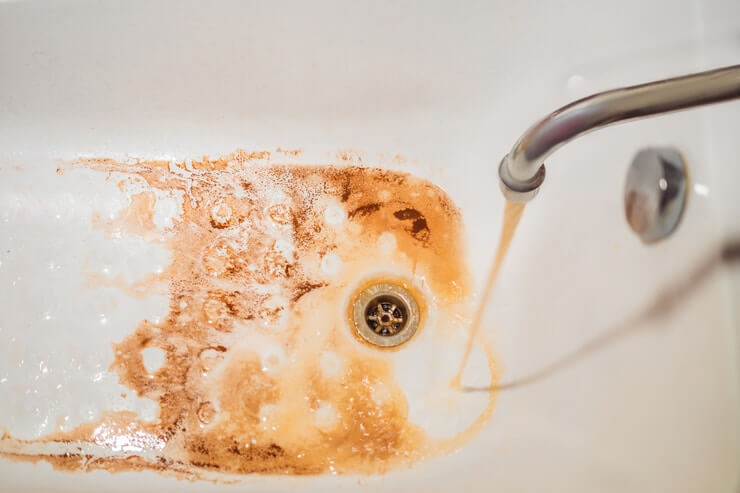When it comes to creating the perfect backyard oasis, choosing the right pool builder and understanding the pool installation process are key steps in ensuring your vision becomes a reality. Whether you’re looking to install a luxurious in-ground pool, a refreshing above-ground pool, or a custom design, a pool builder’s expertise plays a vital role in delivering a pool that meets both your aesthetic desires and functional needs.
The Role of a Pool Builder
A pool builder is a specialized contractor who manages the entire process of pool construction. From design and planning to the final touches, pool builders are responsible for overseeing every detail of your pool project. This includes site assessment, securing necessary permits, preparing the land, and carrying out the actual installation. They are experts in various aspects of pool construction, including:
Designing the Pool: Pool builders work with homeowners to design a pool that fits the space, budget, and lifestyle of the homeowner. They assist in choosing the type of pool (in-ground or above-ground), materials (concrete, fiberglass, or vinyl), and additional features like waterfalls, lighting, or spas.
Selecting Materials: The choice of materials greatly affects the pool’s durability, aesthetics, and maintenance. A knowledgeable pool builder will provide insights on which materials best suit your climate, pool usage, and design preferences. Concrete pools, for example, are highly customizable but may require more maintenance, while fiberglass pools are low-maintenance and durable.
Obtaining Permits: Building a pool requires permits, and pool builders are familiar with local zoning laws and codes. They handle all the paperwork, ensuring that the installation process is legally compliant and avoids any delays or complications.
Managing the Project: Pool construction involves various stages, including excavation, plumbing, electrical work, and finishing touches like tiling or decking. Pool builders coordinate all of these stages, often working with subcontractors like electricians and landscapers, to ensure the project is completed on time and within budget.
The Pool Installation Process
Pool installation can be a complex and lengthy process, but with the right pool builder, it will be executed efficiently and with care. Below is an overview of the typical stages involved in pool installation:
Initial Consultation and Site Evaluation: The pool builder will meet with you to understand your needs and preferences. They will evaluate the site to determine the best location for the pool based on factors such as sunlight, slope, drainage, and accessibility.
Design and Approval: Once the site evaluation is complete, the pool builder creates a design plan for your approval. This plan includes details such as pool size, shape, depth, and any additional features. Once approved, permits will be applied for, and the construction schedule will be set.
Excavation: The construction process begins with excavation, where the ground is dug to accommodate the pool’s structure. The excavation team uses specialized equipment to carefully dig the hole, ensuring the correct dimensions and slope.
Plumbing and Electrical: During this stage, plumbing lines are installed for filtration systems, pumps, and any water features. Electrical work is also done to install lights, heaters, and pool equipment.
Structural Installation: Depending on the type of pool, the next phase involves installing the pool structure. For concrete pools, this includes pouring the foundation and shell. For fiberglass pools, a pre-made shell is lowered into the excavation.
Finishing Touches: Once the structure is in place, the finishing touches like tiles, coping, decking, and landscaping are added to give the pool a polished, finished look. The pool builder ensures everything is safe, functional, and aesthetically pleasing.
Final Inspection and Filling: Before the pool is filled with water, a final inspection is conducted to check for leaks, functionality, and safety. Once cleared, the pool is filled, and the filtration system is tested.
Conclusion
Hiring a professional pool builder for your pool installation ensures the job is done right, from initial design to final inspection. By choosing a reputable builder with experience and expertise, you can create a pool that enhances your outdoor living space and provides years of enjoyment.
Visit https://blisspools.net/ for custom pools, spas, and outdoor living spaces that reflect your style, and transform your home into a resort-style oasis.

